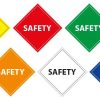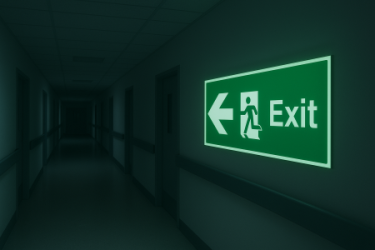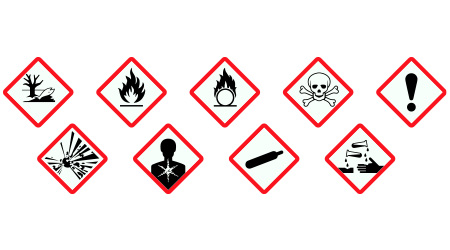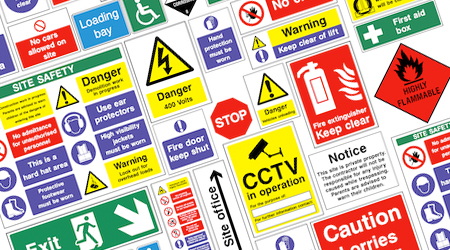Prohibition signs for safety compliance
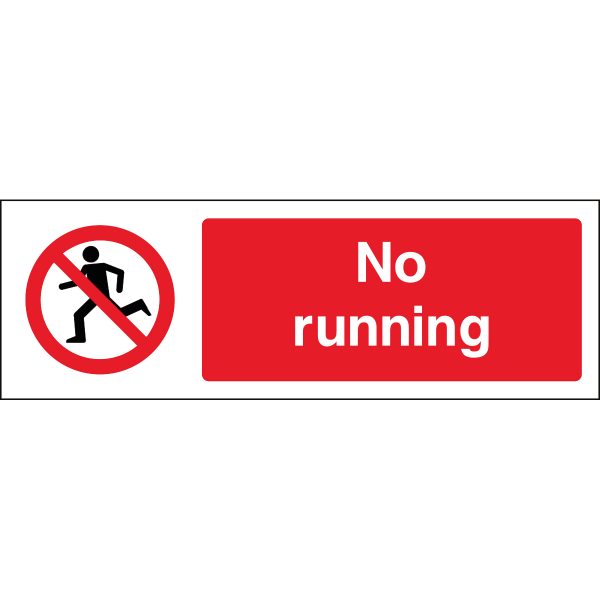
No running safety sign
Prohibition signs are an essential part of safety compliance in workplaces and public spaces. These signs are used to communicate the rules and regulations that must be followed in order to prevent accidents and injuries. In this article, we will discuss prohibition signs in detail, including their purpose, types, and requirements for safety compliance. If you are a tender buyer looking to purchase prohibition signs for your workplace or project, this article will provide you with the information you need to make an informed decision.
Purpose of Restriction Signage
The primary purpose of prohibition signs is to prohibit certain actions or behaviours that could pose a risk to safety or health. These signs are designed to be easily recognisable and understandable, using clear symbols and text to convey their message.
Prohibition signs can be used in a variety of settings, including workplaces, public spaces, and transportation systems. Some common examples of places where prohibition signs may be used include:
- Construction sites
- Manufacturing plants
- Warehouses
- Schools
- Hospitals
- Airports
- Train stations
What are the types?
Prohibition signs come in a variety of types, depending on the specific action or behaviour that is being prohibited. Some common types of prohibition signs include:
-
No Smoking Signs
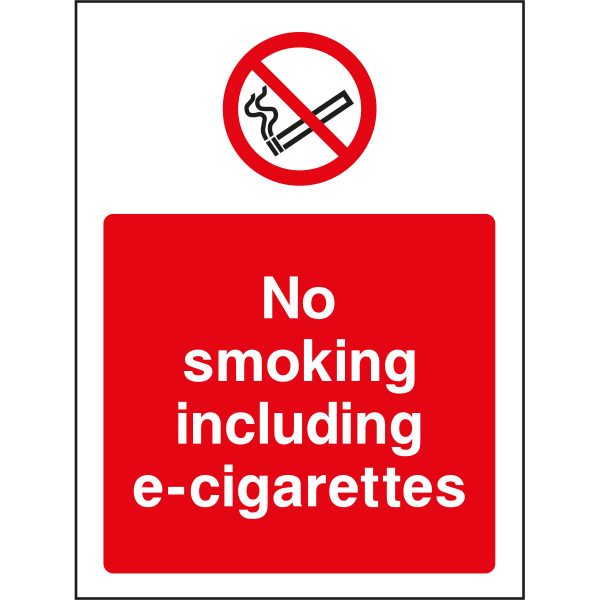
No smoking, including e-cigarettes
No smoking signs are used to prohibit smoking in a particular area or throughout a building. These signs may include text, symbols, or a combination of both and may be required by law in certain jurisdictions.
-
No Entry Signs
No entry signs are used to indicate that a particular area is off-limits and should not be entered under any circumstances. These signs may be used to protect workers from hazardous materials, equipment, or processes.
-
No Food or Drink Signs
No food or drink signs are used to prohibit the consumption of food or beverages in a particular area. These signs may be used in settings such as laboratories or clean rooms, where food or drink could contaminate the environment.
-
No Mobile Phones Signs
No mobile phone signs are used to prohibit the use of mobile phones in a particular area. These signs may be used in settings such as hospitals or other medical facilities, where mobile phone use could interfere with sensitive equipment or procedures.
-
No Parking Signs
No parking signs are used to prohibit parking in a particular area. These signs may be used to ensure that emergency vehicles have clear access to a building or to prevent congestion in a crowded parking lot.
Requirements for Safety Compliance
In order to be effective, restriction signage must comply with certain requirements for safety and accessibility. Local or national regulations may set these requirements or may be industry-specific.
Some common requirements for prohibition sign boards include:
-
Size and Placement
Prohibition signs must be easily visible and legible and must be placed in a location where they are likely to be seen by anyone who may be entering the area. The size of the sign will depend on the specific requirements of the jurisdiction or industry.
-
Colours and Symbols
Prohibition signs must use specific colours and symbols to communicate their message. For example, a no-smoking sign may use the symbol of a cigarette with a red circle and a line through it, while a no-entry sign may use the symbol of a person with a red circle and a line through it.
-
Language
Prohibition signs must be in a language that is easily understood by the people who will be entering the area. In some cases, multiple languages may be required to ensure that all workers or visitors understand the sign.
-
Accessibility
Prohibition signs must be accessible to people with disabilities, including those with visual impairments or hearing impairments. This may require the use of braille or tactile symbols or the provision of audio or visual cues.
Prohibition signs at the workspace
Prohibition signs are an essential part of safety compliance in workplaces and public spaces. They are designed to prohibit certain actions or behaviours that could pose a risk to safety or health and to communicate these rules and regulations to workers, visitors, and the public.
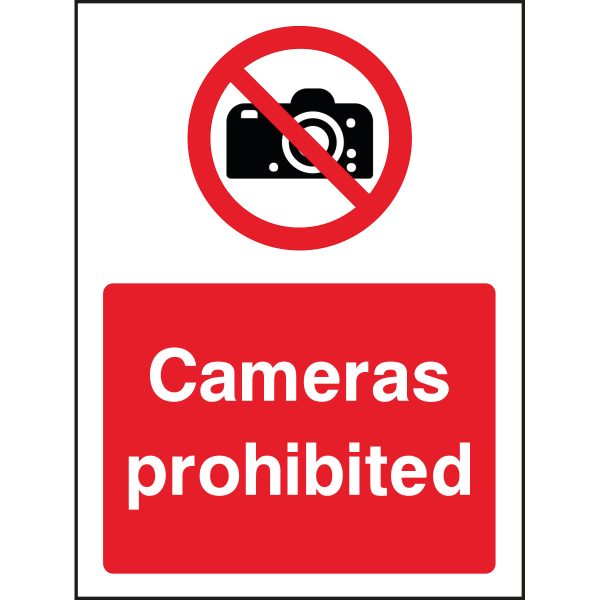 Prohibition signs come in a variety of types, depending on the specific action or behaviour that is being prohibited. Some common types of those include no smoking signs, no entry signs, no food or drink signs, no mobile phone signs, and no parking signs.
Prohibition signs come in a variety of types, depending on the specific action or behaviour that is being prohibited. Some common types of those include no smoking signs, no entry signs, no food or drink signs, no mobile phone signs, and no parking signs.
In order to be effective, restriction signage must comply with certain requirements for safety and accessibility. Local or national regulations may set these requirements or may be industry-specific. They include size and placement, colours and symbols, language, and accessibility.
When purchasing prohibition signs for your workplace or project, it is crucial to ensure that the signage complies with all relevant regulations and standards. This will help to ensure that your workers and visitors are protected from accidents and injuries and that you are in compliance with all legal requirements.
In addition to purchasing the appropriate prohibition signs, it is also important to ensure that your workers are trained on the meaning and importance of these signs. This will help to ensure that they understand the rules and regulations that they are required to follow and that they take the necessary precautions to ensure their own safety and the safety of others.
In conclusion, prohibition signs are an essential component of safety compliance in workplaces and public spaces. They are designed to prohibit certain actions or behaviours that could pose a risk to safety or health and to communicate these rules and regulations to workers, visitors, and the public. When purchasing prohibition signs, it is essential to ensure that they comply with all relevant regulations and standards and to ensure that your workers are trained on their meaning and importance. By taking these steps, you can help to ensure a safe and healthy workplace or public space for everyone.
Useful Links:
- Are Safety Signs Mandatory in the UK Workplace?
- 5 Types of Safety Signs
- Why We Need Health & Safety Signs
Safety Sign Shop:
- NO TIPPING OR DUMPING SIGN
- Danger unsafe surface sign
- CHILDREN MUST NOT PLAY ON THIS SITE SIGN
- NO ACCESS SIGN
- NO PEDESTRIAN ACCESS SIGN

